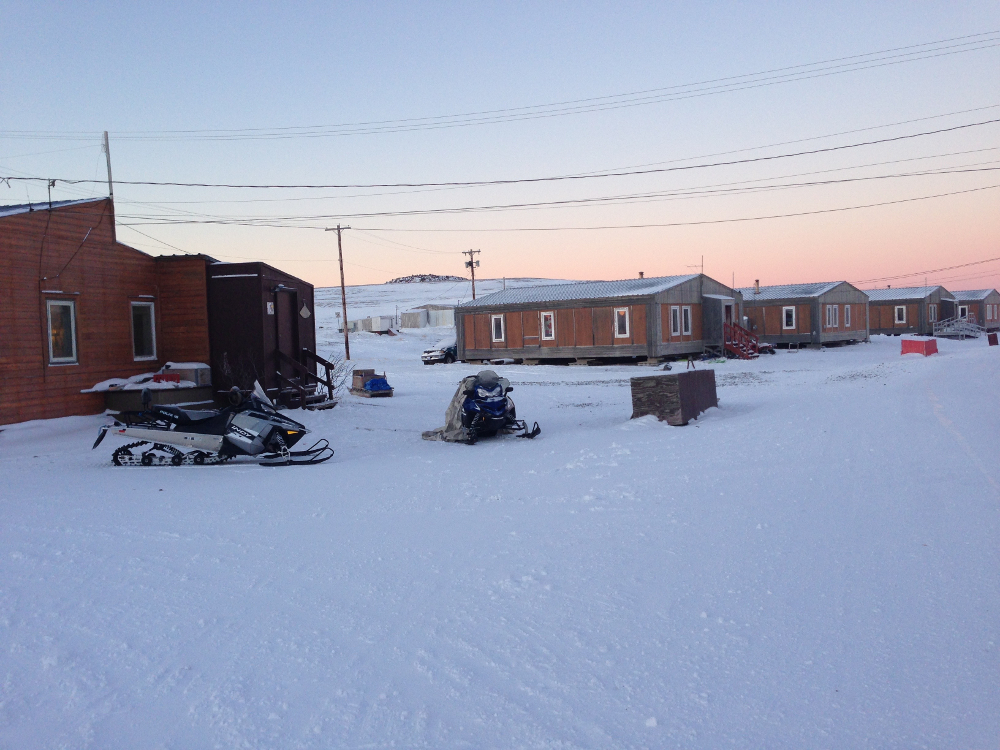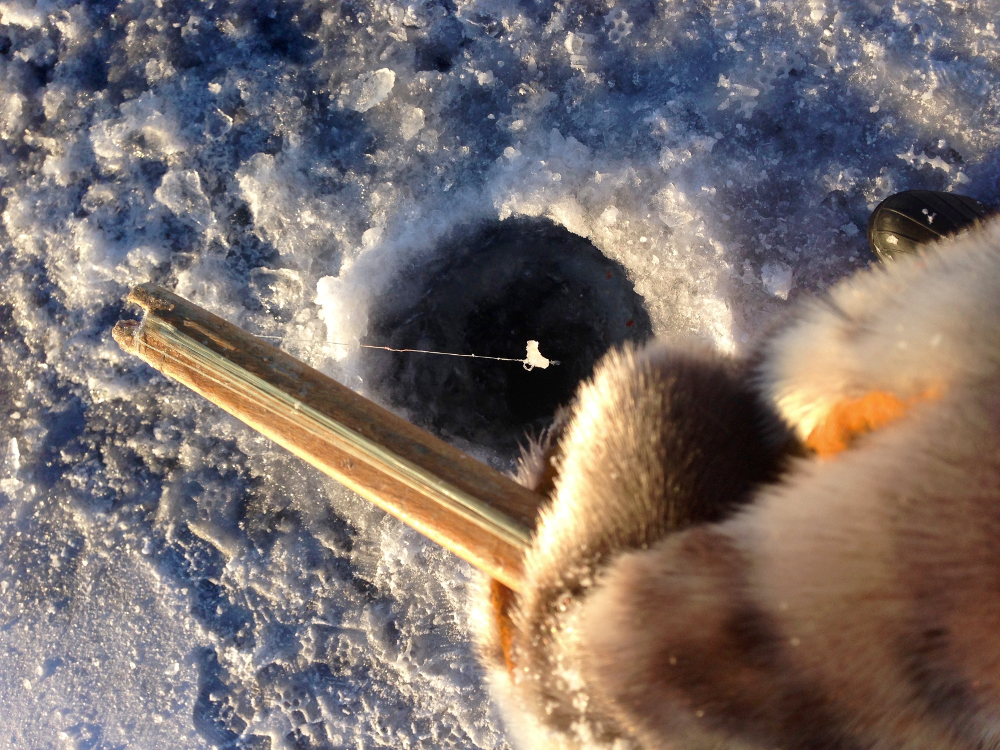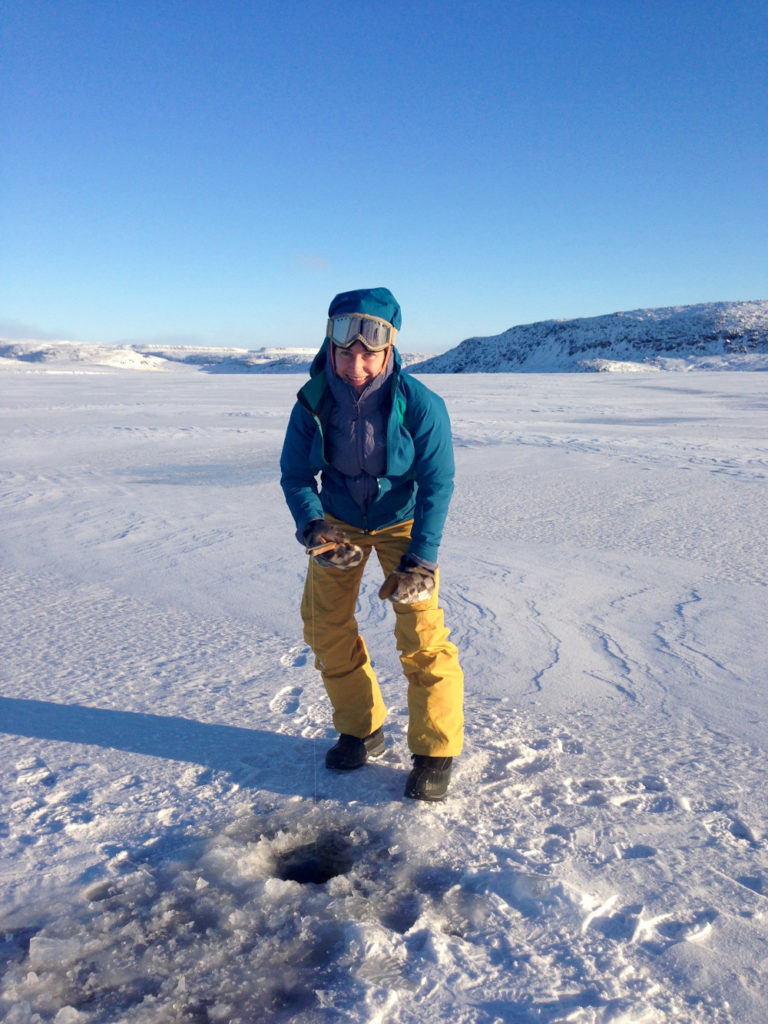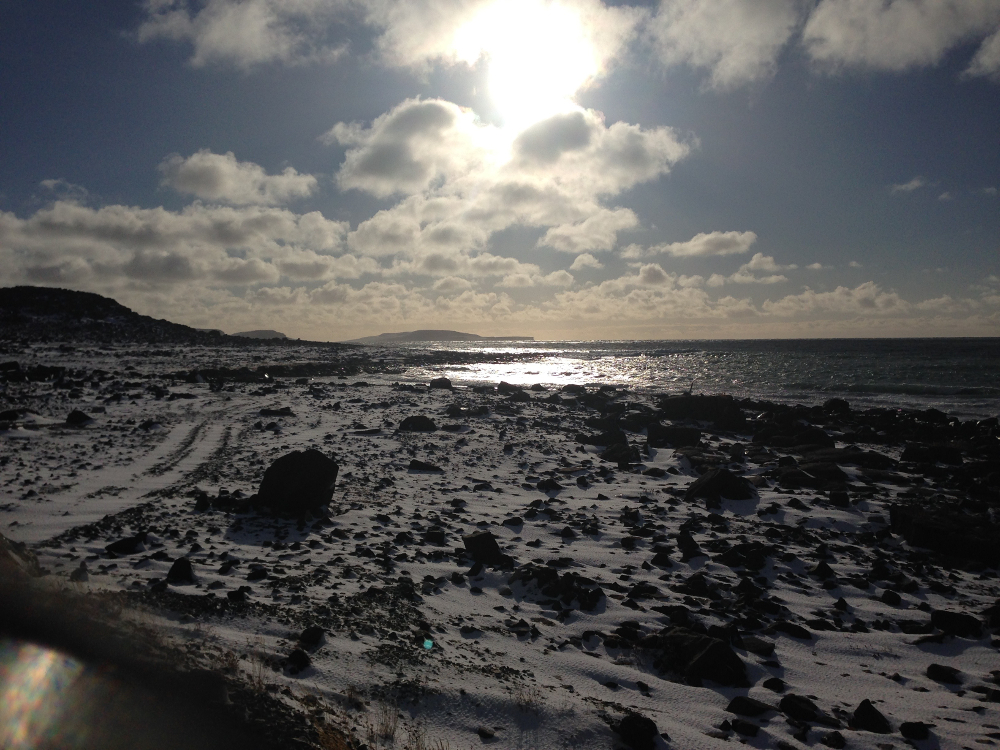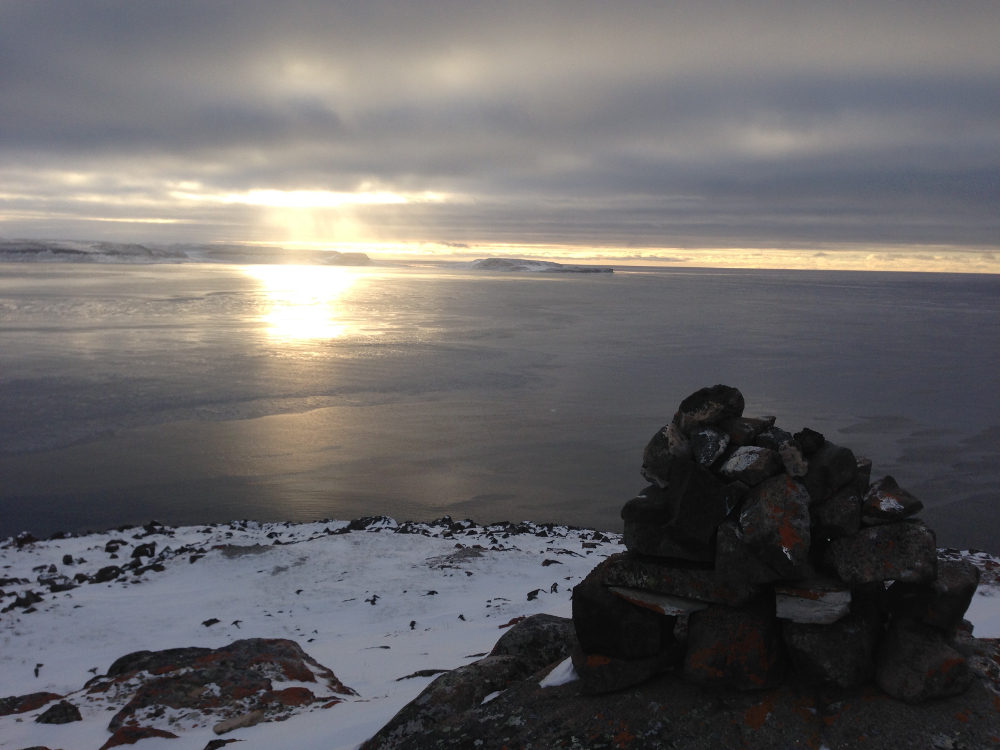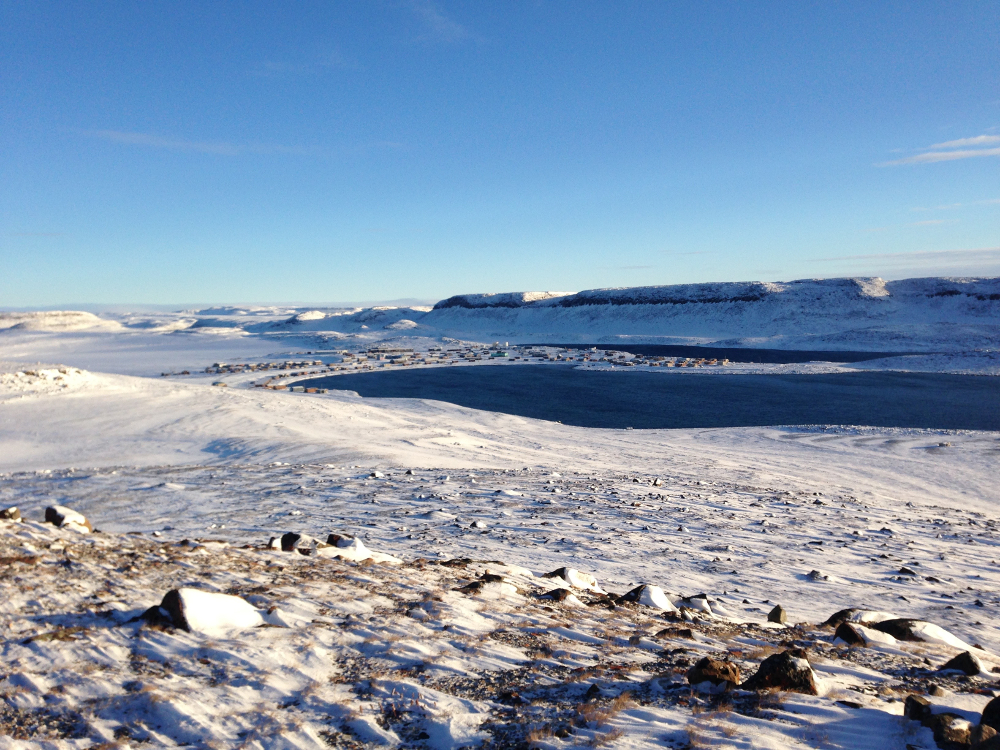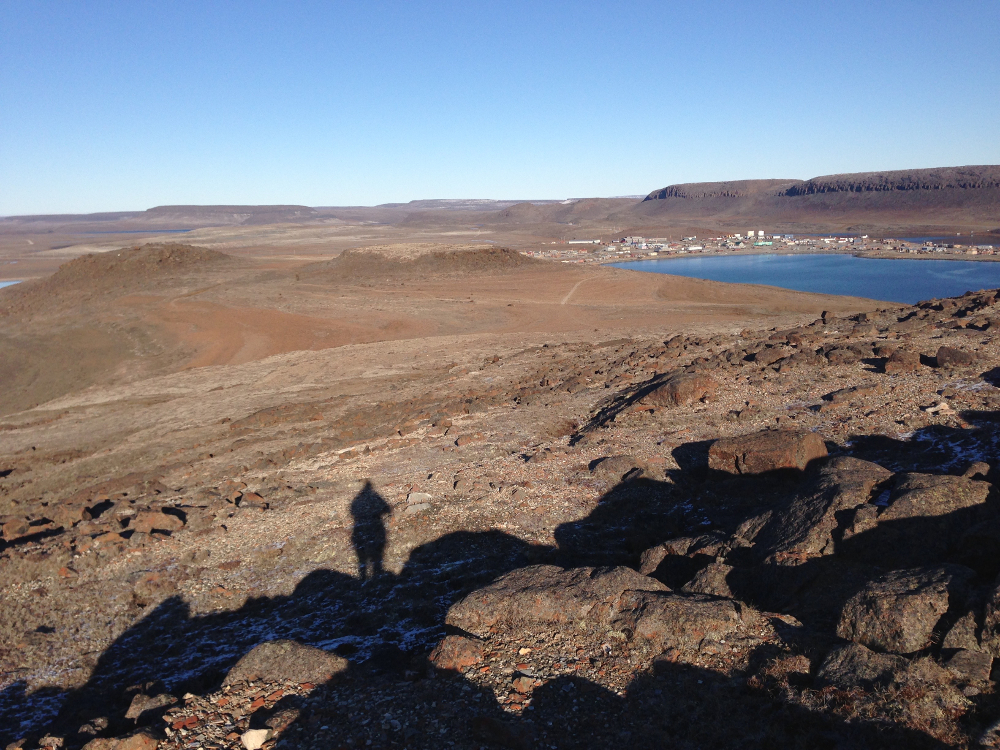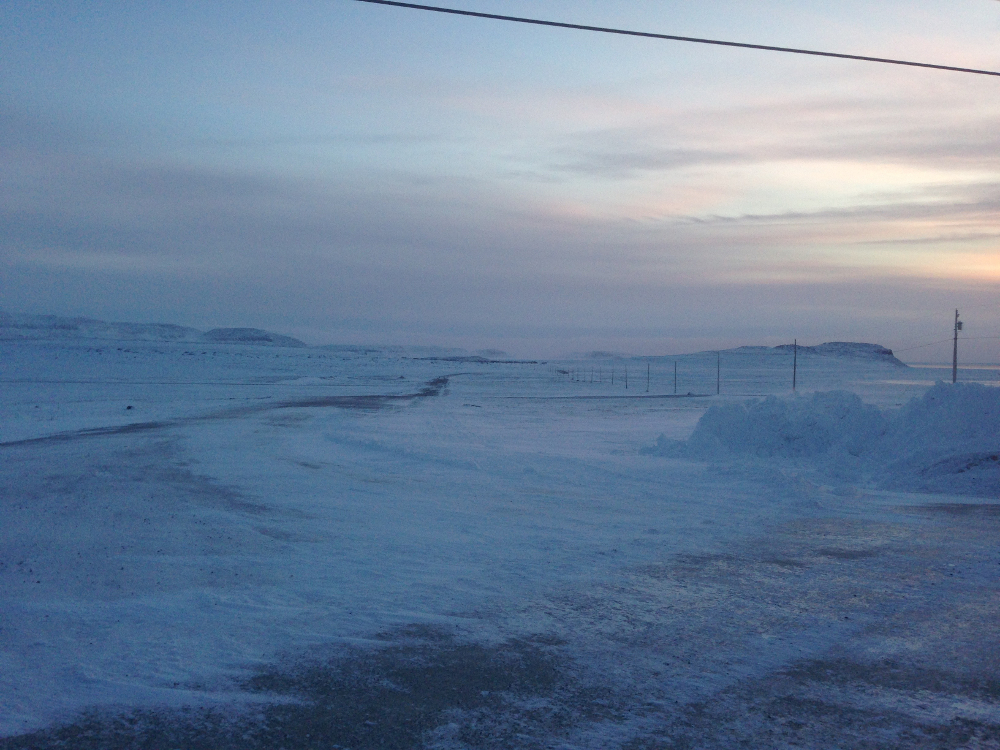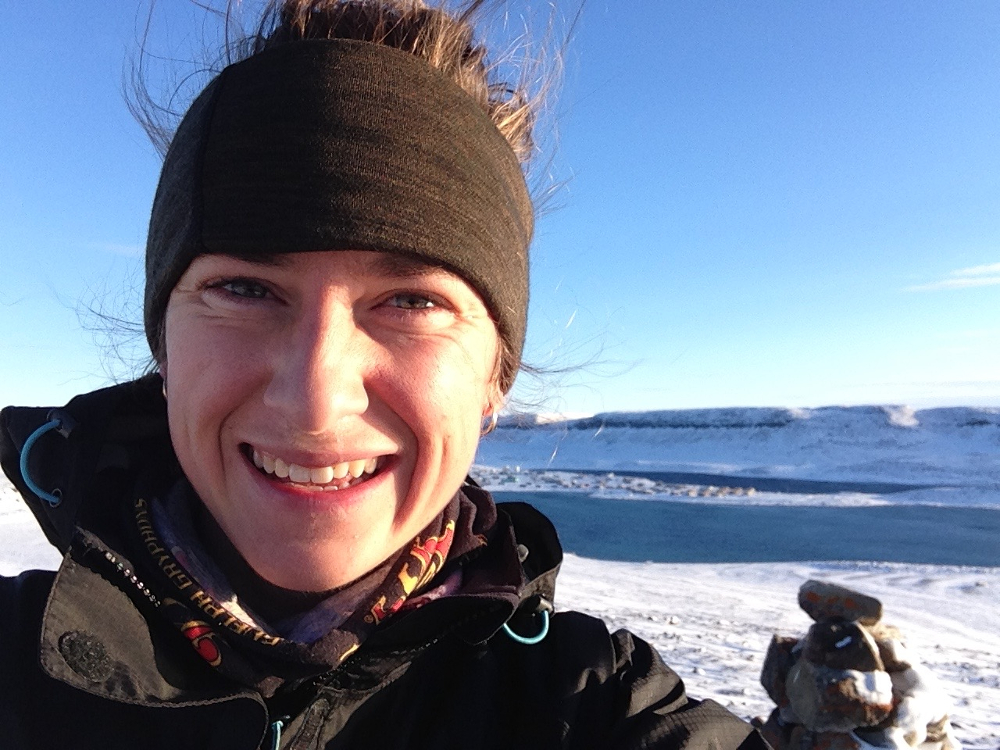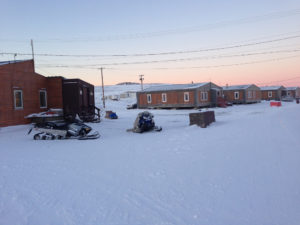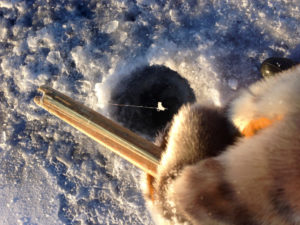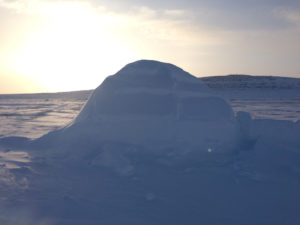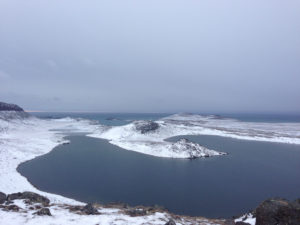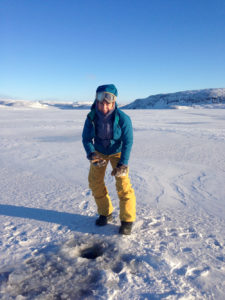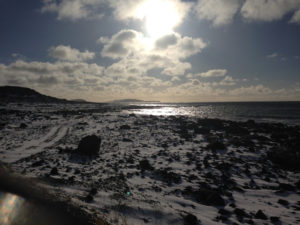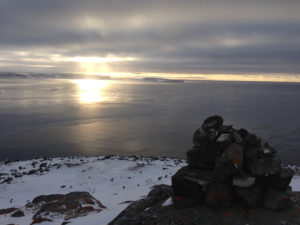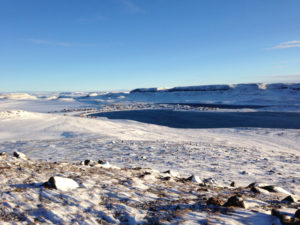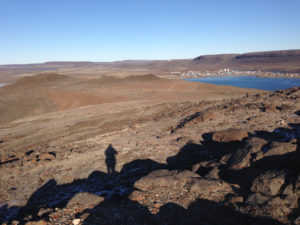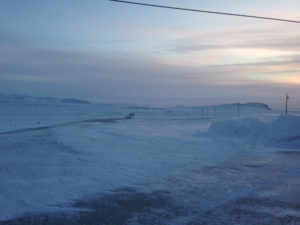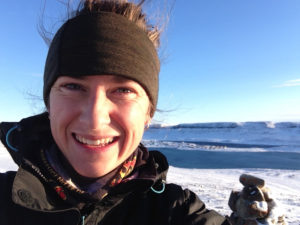Geneviève Lalonde began 2016 racing at the New Balance Games in New York City, an event that was on the verge of cancellation due to the snowstorm that hit the Mid-Atlantic and the northeastern United States in January.
The conditions of the storm, known as “Snowzilla,” were not dissimilar to the environment she had been living in just months prior, from September to late November. The 24-year-old Olympic hopeful called Ulukhaktok, N.W.T. home for three months in the midst of completing a Masters in Geography at Ontario’s University of Guelph, her current residence, with a focus on Inuit education.
On May 28, Lalonde broke the national record in the women’s 3,000m steeplechase. She ran 9:32.17 at the Prefontaine Classic in Eugene, Ore., a full second clear of the previous best held by Jessica Furlan.
RELATED: Mo Ahmed, Gen Lalonde have an unforgettable, record-breaking day in Oregon.
Living a double life as an elite athlete and an Arctic resident
Ulukhaktok is a small hamlet of approximately 500 people located on the west coast of Victoria Island in the Canadian Arctic. Lalonde annually spends time in the northern community, located approximately 930 kilometres north of Yellowknife, researching Inuit culture, education and the community’s learning paradigm.
“It’s a fly-in community and the final two legs of the trip are on split cargo, passenger flights that only fly every two days,” says Lalonde.
The trip begins in Toronto, an hour from Guelph, and typically includes stops in Edmonton, Yellowknife, Kuglutuk, Nunavut and finally Ulukhaktok.
“It’s a very different community, they live to a different beat,” adds Lalonde. “It was a big change travelling from the world championships [in Beijing in August] where you’re on a strict schedule to living in the Arctic where everything is an uncertain. You learn to be adaptable – it teaches you to plan for the unexpected.”
“Your life is legitimately at risk every time you go for a run.”
Prior to making the trip up north in September, the Moncton, N.B. native had arguably the best year of her running life having won a bronze medal at the Pan Am Games in Toronto before representing Canada at the 2015 world championships in Beijing. She’s qualified for more than a dozen international teams throughout her young career.
BREAKING: Canadian Geneviève Lalonde wins bronze in the women’s 3000m steeplechase #CBCPanAm http://t.co/JMYaNcBGd3
— CBC Sports (@cbcsports) July 24, 2015
“Every day was an unknown.”
The 24-year-old says the only constant was oatmeal in the morning. From that point on, the day was full of uncertainty.
“You have a lot of time to reflect on your life up north and can delve into deep conversations with many of the community members. For the most part I went around the community and asked questions — my data was collected through conversing with locals.”
The Speed River Track Club member aimed to get out for a run every day. Trail shoes were her go-to since terrain was uneven and the few roads that connected portions of the community including the airport were gravel.
“Heading out for training runs was very spontaneous which was especially tough for me since my emotions are all over the place if I’m forced to take a day off. I’m very much addicted to running. Still, I got runs in most days, mixing in 40- to 60-minute runs with tempo workouts, long runs — up to 20K — and hill repeats.”
A runner’s diet: What the heck does one bring when packing for the Arctic?
Many residents of Ulukhaktok rely on hunting to put food on the table. And when it’s fresh, it’s Arctic fresh.
“Sometimes I would come home and an entire caribou would be lying across the furniture in the early stages of preparing meals,” adds Lalonde. “Common foods include loon, geese, lake trout, Arctic char, muskox and seal meat.”
Many of the animals that are relied upon for protein and as a source of nutritional value, including muskox and Arctic char, are almost exclusively isolated to Northern Canada. Asked about the must-haves when packing for an Arctic trip, Lalonde emphasizes “dried mangoes, apples, granola bars, oatmeal and tea.”
Most items are available in remote communities but costs are inflated. Because there was generally a lack of fruits, vegetables, and processed foods, Lalonde noticed stomach issues when she returned to Guelph at the end of November.
“Because of climate change, things are changing in ways that couldn’t have been anticipated.”
“The traditional way of learning is through weather changes,” says Lalonde when asked about climate change in the north. “The ocean freezes at different times, animal migration shifts and predicting weather patterns becomes uncertain.”
A shift in the climate also makes it more difficult for hunters to pursue prey by increasing travel time since sea ice patterns are constantly changing.
Polar bears
For generations, the polar bear has been an iconic figure in the spiritual and cultural life of those living in the Canadian Arctic. With that said, they’re the last thing you want to see on a run.
“Polar bears normally reach the community between December and March — there were some in the surrounding communities — but none made it to Ulukhaktok on my most recent trip,” says Lalonde. “In February of 2013, I witnessed one on my run and bolted back home and hoped to never seen one again.”
“If at any point you witness a polar bear, chances are they’ve been watching you for a while.”
One particular run Lalonde describes involved having a run-in with a pack of foxes and one got uncomfortably close. She tossed a rock in its direction and the two had a stare down that lasted the better part of a minute. A second rock scared the fox away and all danger was averted. On another occasion, albeit not a run, Lalonde woke up in the middle of the night to the sound of a wolf just outside her window.
“I’ve been told to get my firearms license to protect myself. In the past I’ve carried a knife. I knew if I ever got caught a knife wouldn’t make a difference but I figured it’s the best way to defend myself.”
RELATED: A look inside where Canada’s Olympians will hang out in Rio.
There were a few other necessities that Lalonde carried with her on runs including a hot pack, Clif Bar, and dry meat in the event of staying outdoors longer than anticipated.
Training for the biggest race in the world — Rio 2016
Now back on the daily grind associated with being an elite-level runner, Lalonde is looking ahead to the August Games.
“I’ve been running since I was 13 and have always dreamed about going to the Olympic Games. With as much talent as Canada has, we’re not only striving to make the Olympics, we want to perform on the world’s biggest stage.”
While balancing training, Lalonde spent much of the winter analyzing the data she collected from up north. Now, with the Olympics just two months away, she turns her attention to the Canadian track and field championships in Edmonton in July where she will look to book her ticket to Rio in the women’s 3,000m steeplechase.
